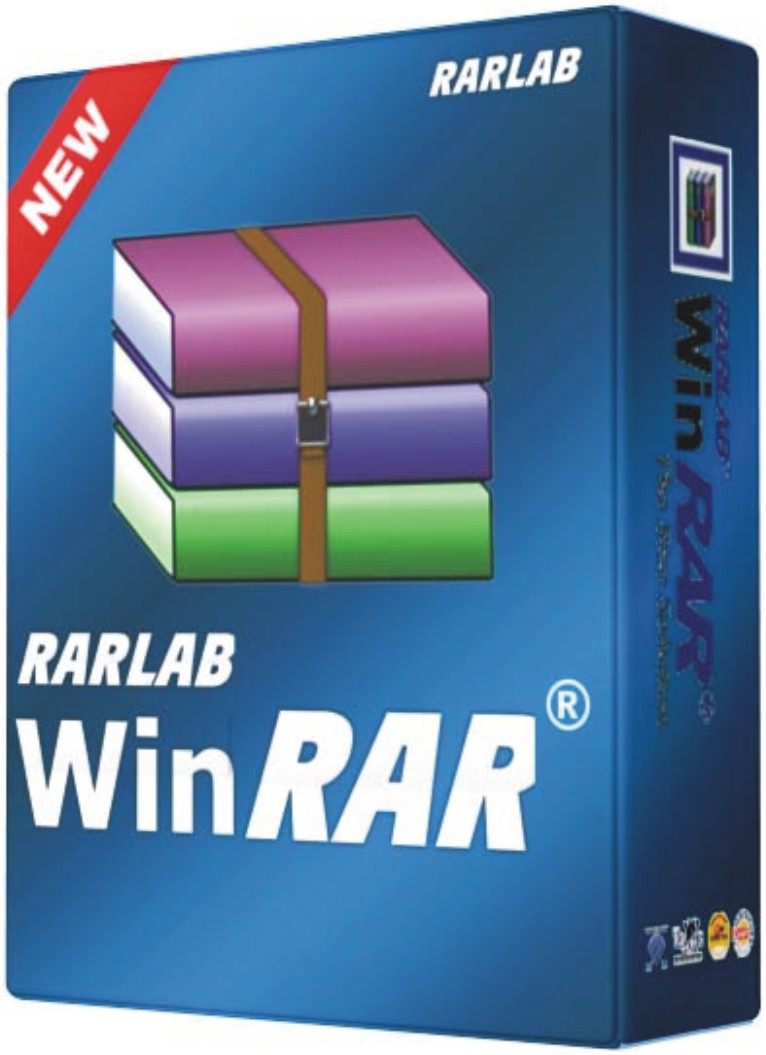

- #Can emu8086 do 64 bit applications download for windows
- #Can emu8086 do 64 bit applications install
- #Can emu8086 do 64 bit applications code
It includes a coordinated constructing agent and compiler that can yield 16-bit perfect code and packages a gathering of straightforward illustrations that can enable you to see how precisely a program is executed by the microchip, with the summons and the code lines that relate to each progression. This in an application that can demonstrate valuable for architects and understudies alike, empowering them to evaluate the capacities of a 8086 chip and comprehend its working mode substantially similar.
#Can emu8086 do 64 bit applications download for windows
Windows 10 / Windows 8 / Windows 7 / Windows Vista / XPĮMU8086 Free Download for Windows 10, 7, 8/8.1 (64 bit / 32 bit). This Programming app also works with 64-bit and 32-bit Operating System. Then please follow the installation tips on this page. The next time you execute the application, Windows will see the new header and will execute it as a 32-bit application.So if you need to run the new version of this App into your Windows PC/Laptop, yeah you are in the right place guys. Where application.exe is the application you want to force to run as 32-bit.
#Can emu8086 do 64 bit applications install
All you have to do is install the Microsoft Windows SDK and grab CorFlags.exe from the Bin folder of the SDK program files directory. We can force the app to run as a 32-bit app by changing the execution headers using the Microsoft CorFlags utility.


And fortunately, we don’t have to get the vendor to send us a recompiled executable. We will lose some of the benefits of 64-bit execution, but at least the app will work properly.

This will allow the app to see the 32-bit DLLs in the Windows\SysWoW64 folder and load them into its memory space. So what is the solution? We just have to get the 64-bit app to run as a 32-bit application. Once again, the app will crash or yield an error. If an application installer places a 32-bit DLL in Windows\SysWoW64, then later a 64-bit application tries to call that DLL, it will simply fail because, to the application, that DLL doesn’t exist.īut what if we get sneaky and copy that 32-bit DLL to the System32 folder? Our 64-bit app will find the DLL, but it will not be able to load it into its memory space (For a technical explanation why, see Why can’t you thunk between 32-bit and 64-bit Windows?). 64-bit applications cannot see or access the Windows\SysWoW64 folder. The flipside of this redirection scheme is that 64-bit apps are affected as well. When a 32-bit mode application runs under Windows 圆4 and wants a DLL from “c:\windows\system32”, Windows will “lie” to the app and give it the DLL from C:\windows\syswow64! That seems backwards, doesn’t it? But it gets even more counter-intuitive. Windows 圆4 stores 32-bit DLLs in the Windows\SysWoW64 folder, while 64-bit DLLs go in the Windows\System32 folder. To understand why, we must understand how Windows separates 32 and 64-bit components. As far as the app is concerned, the DLL doesn’t exist. No problem, right? But what if that app makes a call to a Crystal Reports DLL that is compiled only as a 32-bit DLL? Trouble! That’s what happens! The application will not be able to find the DLL. Let’s say you have an application that easily runs as a 64-bit app under Windows 2008 R2 (which is a 64-bit OS). Other applications and DLLs, however, can only run as 32-bit. Some applications and libraries (DLLs) are compiled in such a way that they can run either as native 64-bit or 32-bit mode. Have you ever had an application that seemed to initially run fine under Windows 圆4, only to have it crash or complain when performing a certain function inside the app? If you’ve run into this problem, take heart because the fix is really simple.īut first, it’s helpful to understand what happens when you run an application under 64-bit Windows.


 0 kommentar(er)
0 kommentar(er)
